ANTD.VN - Businesses still face difficulties in classifying goods to see which types are subject to 10% tax and which are reduced to 8%, according to the Vietnam Federation of Commerce and Industry (VCCI).
 |
Businesses confused when implementing value added tax reduction |
The National Assembly is drafting a Resolution on reducing value added tax. Positively assessing this tax reduction policy, VCCI said that the reduction of value added tax from 10% to 8% implemented in recent times has brought many positive impacts to the Vietnamese economy .
In particular, in the context of many economic difficulties, continuing the policy of reducing value-added tax in the first 6 months of 2025 is extremely necessary.
However, according to VCCI, businesses encounter many difficulties when applying this policy, mainly stemming from the classification of which goods are subject to 10% tax and which goods have their tax reduced to 8%.
This difficulty was reflected by the business community many years ago, when the tax reduction policy began to be implemented, but until now, the problem has not been resolved.
The Government has issued Decree 15/2022/ND-CP; Decree 44/2023/ND-CP; Decree 72/2024/ND-CP for guidance, but in reality, the implementation process is still confusing. These Decrees are based on Vietnam's economic sector codes, while this document has been mainly used for statistical purposes and is rarely considered the basis for determining the rights and obligations of enterprises.
It is very difficult to specify groups of goods and services, especially in cases where there is no specialized law. For example, the group of telecommunications and information technology goods is very difficult to define because there is no clear definition in other legal documents. Many other types of goods and services also have problems in classification, such as the production of products from pre-cast metals and the production of chemicals, which are very general and difficult to classify.
Many businesses look up the appendices of the above guiding decrees but do not dare to confirm whether their goods and services are subject to a tax rate of 10% or 8%.
Notably, some businesses asked the tax authorities, customs authorities, and the Ministry of Finance, but these agencies also gave very general answers, such as "The Company is requested to look up the product industry code in Decision No. 43/2018/QD-TTg dated November 1, 2018 of the Prime Minister on promulgating the Vietnamese product industry system to self-determine the list of goods eligible for reduction and declare the goods and services eligible for value-added tax reduction according to Form No. 01 in Appendix IV issued with Decree No. 44/2023/ND-CP of the Government along with the value-added tax declaration".
“The difficulty in determining the tax rate of 8% or 10% causes many social costs and increases the risks of production and business activities. Many businesses reported that they had to hire additional accountants to adjust invoices and books to match the new tax rate. Many businesses reported that they negotiated and sold goods, agreed with customers on quantity, quality, and price but could not agree on the tax rate of 8% or 10%, so they could not sign the contract.
There have been cases where businesses implementing construction contracts have had disputes with partners when finalizing payments simply because the two sides have different views on tax rates," said a VCCI representative.
Therefore, VCCI recommends that the drafting agency consider the option of reducing value added tax for all goods and services from 10% to 8%.
Source: https://www.anninhthudo.vn/giam-thue-gia-tri-gia-tang-doanh-nghiep-khong-de-thuc-hien-post596439.antd










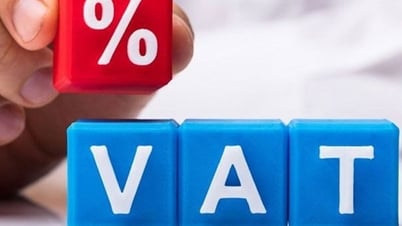


























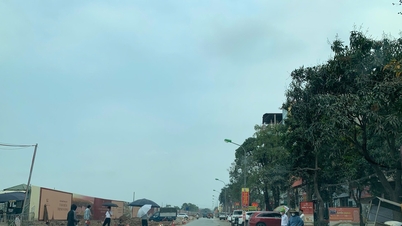
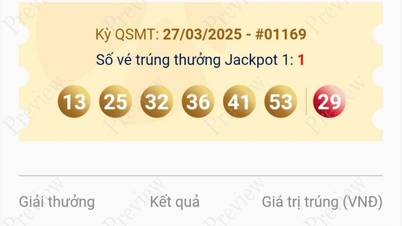







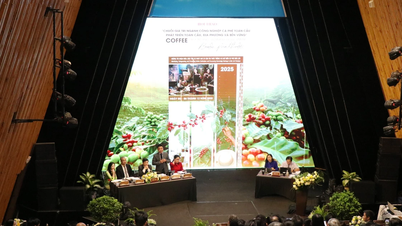














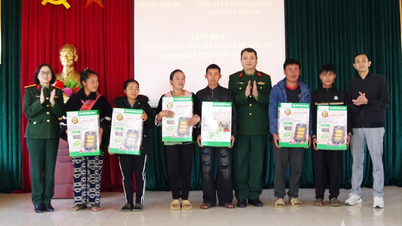





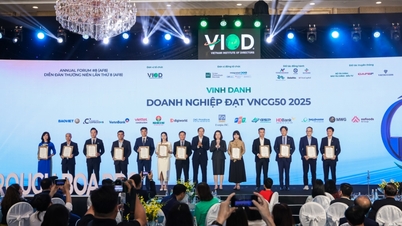
























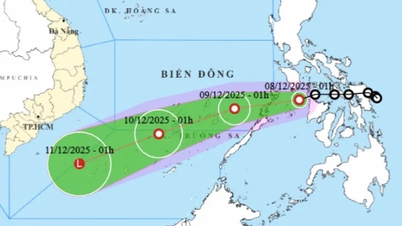
























Comment (0)